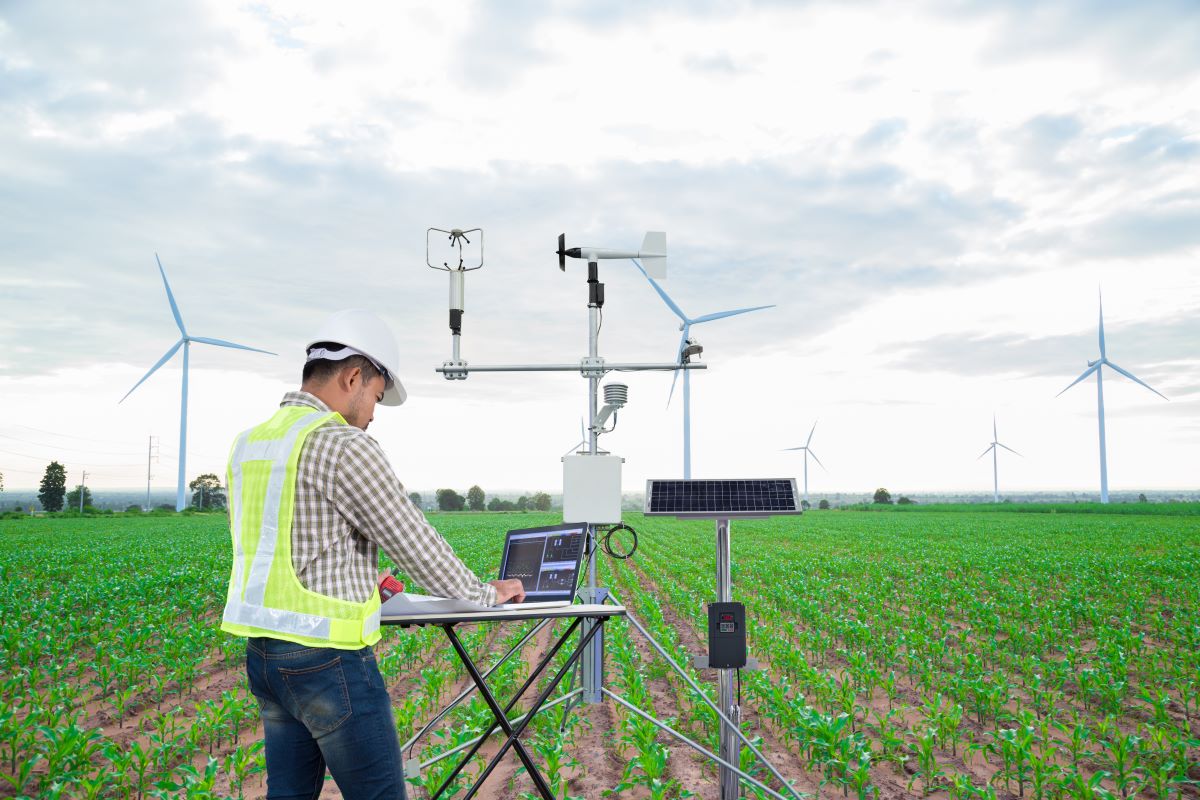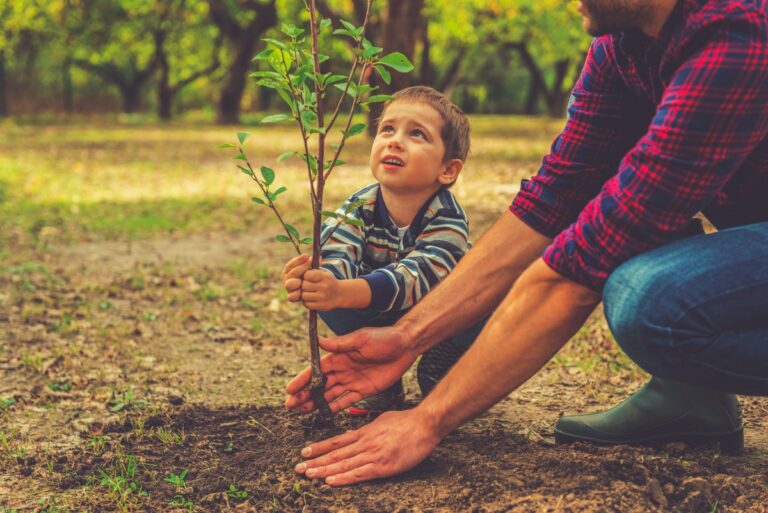Eco-Friendly or Eco-Foe? The Deadly Secrets of Wind Turbines
We all love clean energy, but it’s not without its downsides. Wind turbines, while great for reducing carbon footprints, can be deadly for birds.
Bird Casualties

Wind turbines kill hundreds of thousands of birds each year. It’s a harsh reality documented by the American Bird Conservancy, which highlights the need for bird-friendly renewable energy solutions.
Bats Too

It’s not just birds. Bats are also falling victim to these spinning giants. Studies show that the pressure changes caused by turbine blades can fatally injure bats, disrupting ecosystems.
Bigger Picture

But here’s the twist: the environmental damage from fracking and fossil fuels is far worse. The Los Angeles Times reported that while wind turbines pose risks, the overall impact of fossil fuel extraction is far more detrimental to wildlife and habitats.
Fracking Fallout

Fracking contaminates water, destroys habitats, and releases methane. It’s a triple threat that wreaks havoc on the environment and contributes to climate change.
Balancing Act

We need clean energy, but we also need to protect wildlife. It’s a delicate balance. Conservationists and engineers are working together to find solutions that minimize harm to birds and bats.
Innovative Solutions

Researchers are working on ways to make wind turbines safer for birds, like new designs and tech that deter them. For instance, painting one blade black has been shown to reduce bird fatalities by making the turbine more visible.
Policy Push

Stronger policies and regulations can help minimize the impact on wildlife while promoting renewable energy. Governments are starting to implement stricter guidelines to ensure environmental protection.
Public Awareness

Educating the public about these issues is key to finding and supporting solutions. Awareness campaigns can help consumers make informed choices and advocate for bird-friendly energy policies.
Eco-friendly Designs

New turbine designs aim to reduce the risks to wildlife. Vertical-axis turbines, for example, are less harmful to birds and bats than traditional horizontal-axis turbines.
Technology and Monitoring

Advancements in technology, like radar and cameras, can help monitor and mitigate the impact of wind farms on wildlife. These tools enable real-time adjustments to reduce collisions.
Environmental Offsetting

Wind farms can also invest in environmental offsetting projects, such as creating bird sanctuaries or restoring habitats, to compensate for the impact on wildlife.
Community Involvement

Local communities can play a role in monitoring and protecting wildlife near wind farms. Community-led initiatives can provide valuable data and foster a sense of stewardship.
Renewable Energy Integration

Integrating various renewable energy sources can reduce the pressure on any single ecosystem. Combining solar, wind, and hydro can create a more balanced and sustainable energy grid.
Success Stories

Some wind farms have successfully implemented measures to protect wildlife, serving as models for others. These success stories can guide best practices in the industry.
Research Funding

Increased funding for research into wildlife-friendly wind energy solutions is essential. Supporting scientific studies can lead to innovative breakthroughs.
Global Cooperation

International cooperation is crucial in addressing the impact of wind turbines on wildlife. Sharing knowledge and strategies can lead to better global outcomes.
Long-term Planning

Long-term environmental planning can help balance energy needs with wildlife conservation. Strategic site selection and impact assessments are vital components.
Consumer Power

Consumers can influence the market by supporting companies that prioritize wildlife-friendly practices. Choosing green energy providers with strong environmental commitments makes a difference.
Future Prospects

The future of wind energy looks promising as we continue to innovate and refine technologies to protect wildlife. Ongoing research and development hold the key to sustainable and eco-friendly energy solutions.
Sustainable Future

Achieving a sustainable future requires balancing our energy needs with environmental stewardship. By addressing the challenges, we can ensure both clean energy and wildlife protection.
Toxic Talk: 21 Phrases to Never Say to Your Kids

Are you worried about the impact of your words on your child’s well-being? Let’s tackle 21 phrases that might be causing more harm than you realize. Toxic Talk: 21 Phrases to Never Say to Your Kids
Breaking Ties: Recognizing When It’s Time to Go No-Contact with Parents

Deciding to go no-contact with a parent is a profound, often painful choice, but sometimes it’s necessary for personal well-being. Are you grappling with the decision to distance yourself from a toxic parental relationship? Breaking Ties: Recognizing When It’s Time to Go No-Contact with Parents
Stop the Stereotypes: 20 Gender-Based Comments Kids Don’t Need

It’s time to challenge traditional narratives that limit kids’ potential. Here are gender-specific phrases and ideas to avoid, fostering a supportive and open-minded environment for the next generation. Stop the Stereotypes: 20 Gender-Based Comments Kids Don’t Need
Featured Image Credit: Shutterstock / Suwin66.
For transparency, this content was partly developed with AI assistance and carefully curated by an experienced editor to be informative and ensure accuracy.







